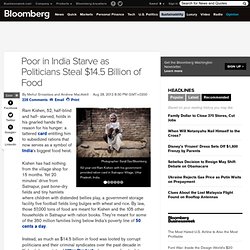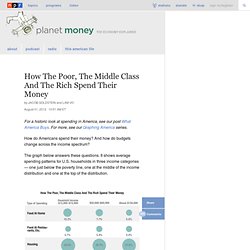

Hvem tror vi at vi er? - kultur. Den dagen hun fylte ti år ble moren hennes begravet.

Moren hadde vært syk og sengeliggende lenge, og hennes eneste barn hadde få minner om henne. Det siste var en bursdag som aldri ble feiret. Når jeg spurte bestemor om den dagen, var hun usentimental. Hun kunne huske hendelser, steder, klær, mat og samtaler i detalj, men ville ikke la seg lokke inn i et moderne barnesinn. At begravelsen skjedde akkurat da var vel av praktiske årsaker. Slik var det bare. Men hvor ble hennes bedrifter av siden i livet? I kveld skjer det. Jeg kan jo ikke ta æren for det siste, men hvis jeg for en gangs skyld skal tro på biologistene, har jeg et yndig land i mine årer. Men også i borgerskapet dukker det opp noen sterke kvinnehistorier som tidligere ikke er fortalt; om kvinner som skapte sitt eget liv i skyggen av sine menn og den offisielle historien.
Det har skjedd i hver episode av «Hvem tror du at du er?» Kvinnehistoriene gjør spesielt inntrykk, fordi de så sjeldent er fortalt. World. Historic food price hike hits the poor globally, some turn to hydroponics - National Human Rights. Global food prices jumped 10% in July due to the severe Midwest drought that pushed the price of grains to record levels, the World Bank reported Thursday about the world's worst food crisis since the 1970s, depriving the world's poor, some of whom are turning to hydroponics to survive.

The price of maize and wheat rose 25% from June to July, and soybeans rose 17%, according to the Washington-based World Bank. "We cannot allow these historic price hikes to turn into a lifetime of perils as families take their children out of school and eat less nutritious food to compensate for the high prices," said World Bank President Jim Yong Kim.
"Countries must strengthen their targeted programs to ease the pressure on the most vulnerable population and implement the right policies. " The food price increase is attributed to the Midwest drought destroying over half the country's corn crop. "The drought, the worst in decades, has pushed the price of corn to record prices. Poor in India Starve as Politicians Steal $14.5 Billion of Food. Ram Kishen, 52, half-blind and half- starved, holds in his gnarled hands the reason for his hunger: a tattered card entitling him to subsidized rations that now serves as a symbol of India’s biggest food heist.

Kishen has had nothing from the village shop for 15 months. Yet 20 minutes’ drive from Satnapur, past bone-dry fields and tiny hamlets where children with distended bellies play, a government storage facility five football fields long bulges with wheat and rice. By law, those 57,000 tons of food are meant for Kishen and the 105 other households in Satnapur with ration books. They’re meant for some of the 350 million families living below India’s poverty line of 50 cents a day. Instead, as much as $14.5 billion in food was looted by corrupt politicians and their criminal syndicates over the past decade in Kishen’s home state of Uttar Pradesh alone, according to data compiled by Bloomberg. Unpunished This scam, like many others involving politicians in India, remains unpunished. How The Poor, The Middle Class And The Rich Spend Their Money : Planet Money.
For a historic look at spending in America, see our post What America Buys.

For more, see our Graphing America series. How do Americans spend their money? And how do budgets change across the income spectrum? The graph below answers these questions. It shows average spending patterns for U.S. households in three income categories — one just below the poverty line, one at the middle of the income distribution and one at the top of the distribution. Both the similarities and the differences are striking. Everyone devotes a huge chunk of their budget to housing, for example. But poor families spend a much larger share of their budget on basic necessities such as food at home, utilities and health care. The figures in the graph come from the Consumer Expenditure Survey, which has tons of data on spending patterns in the U.S. Correction: A previous version of this post used incorrect numbers for spending on housing. The High Cost of Poverty: Why the Poor Pay More. You have to be rich to be poor.

That's what some people who have never lived below the poverty line don't understand. Put it another way: The poorer you are, the more things cost. More in money, time, hassle, exhaustion, menace. This is a fact of life that reality television and magazines don't often explain.